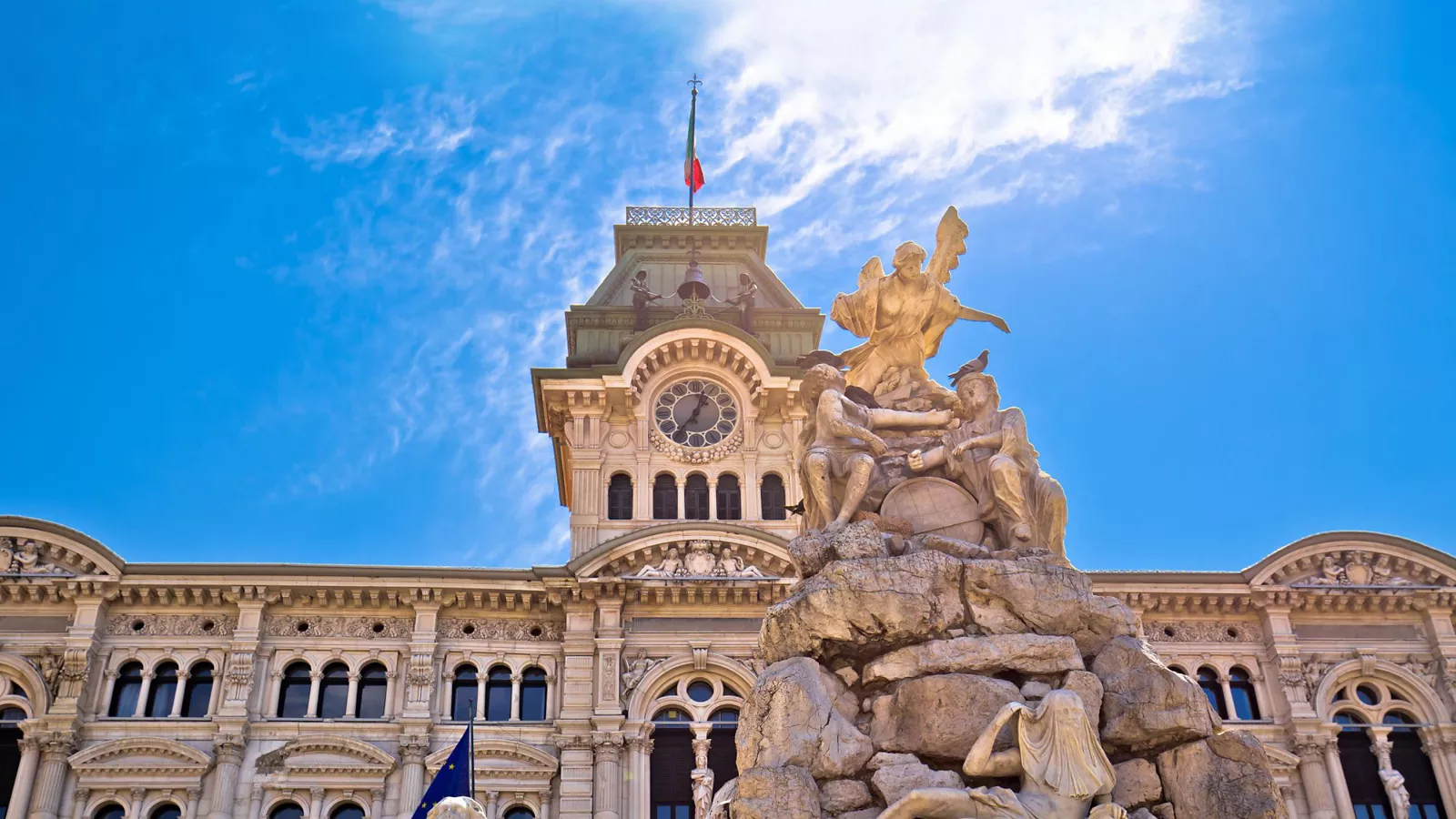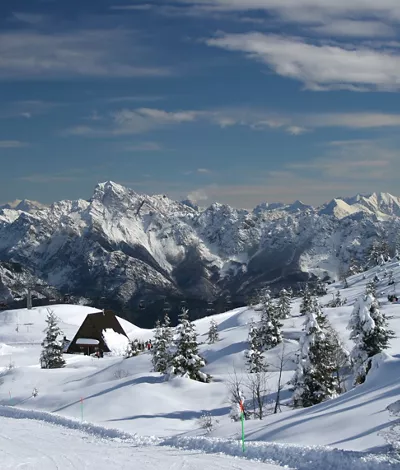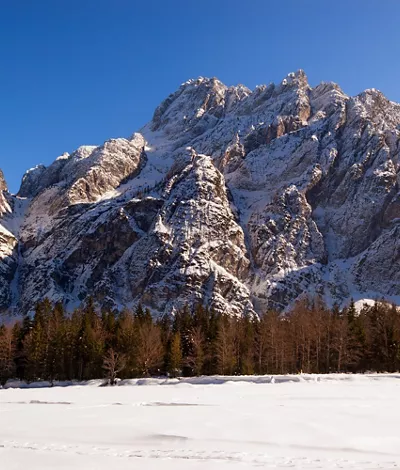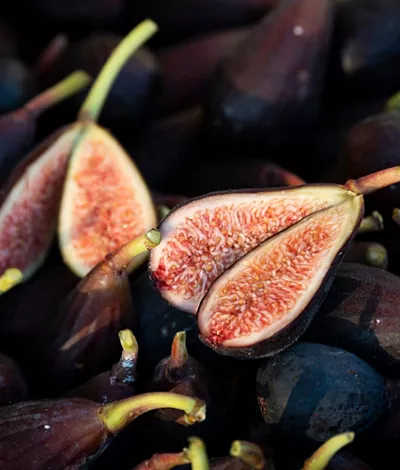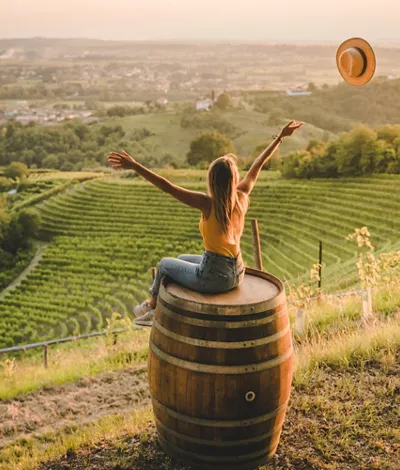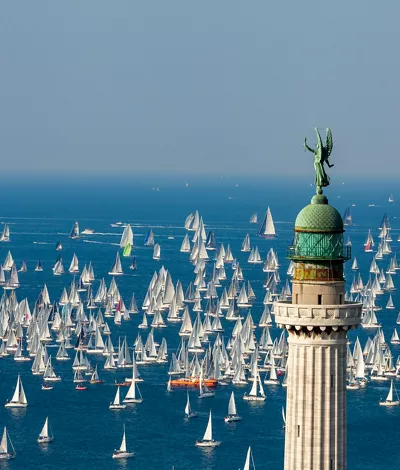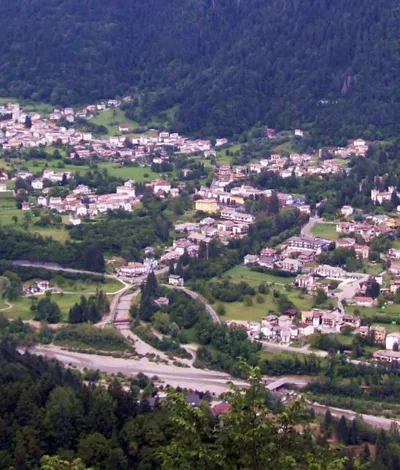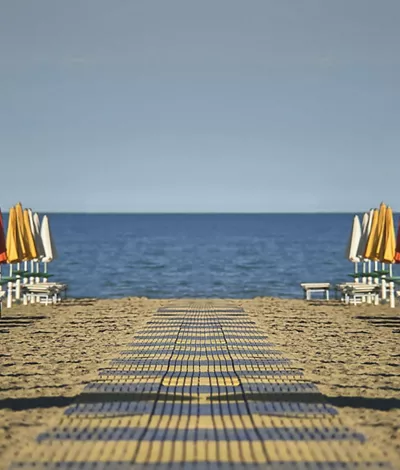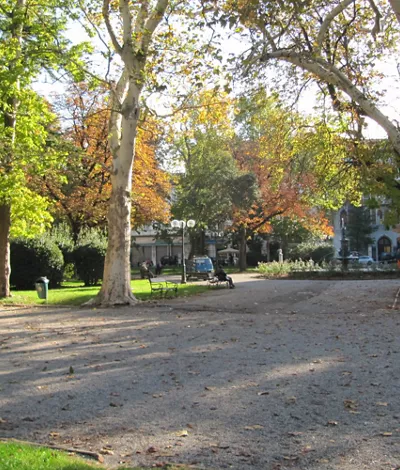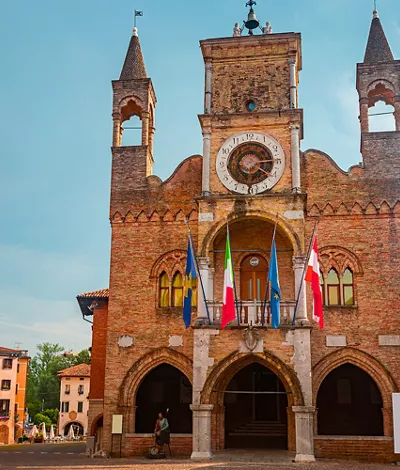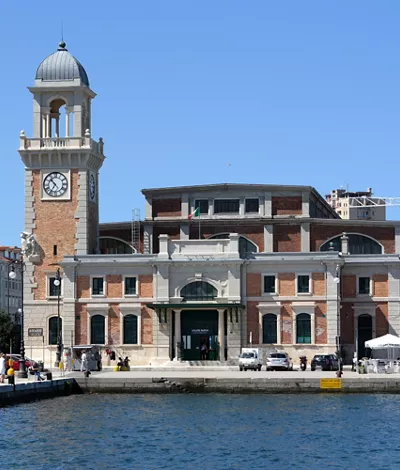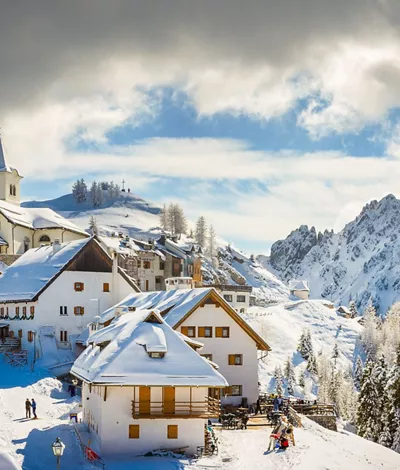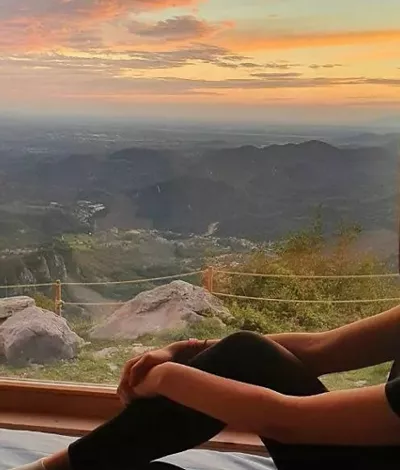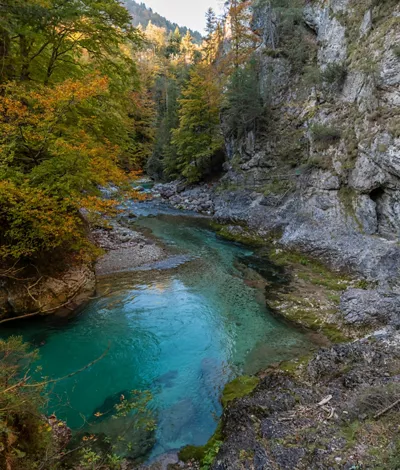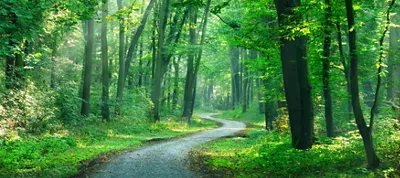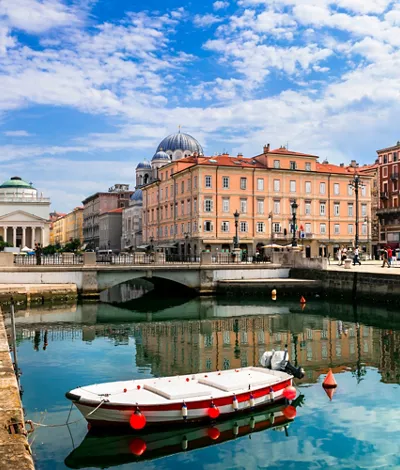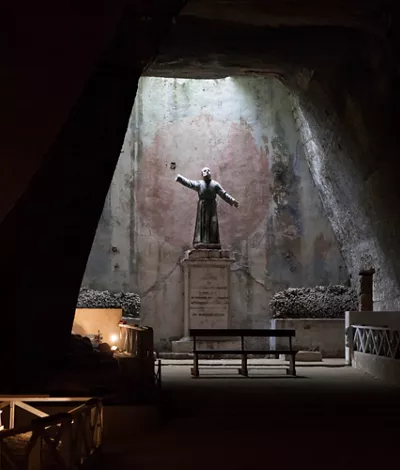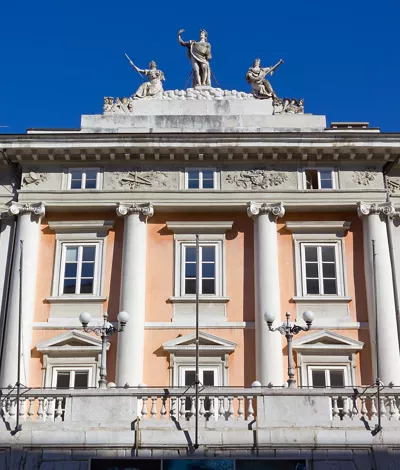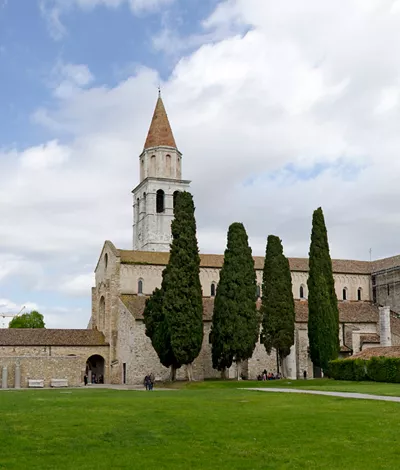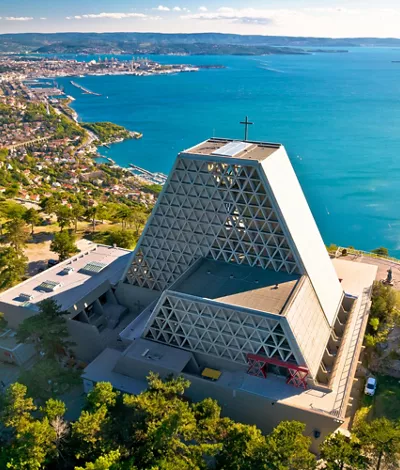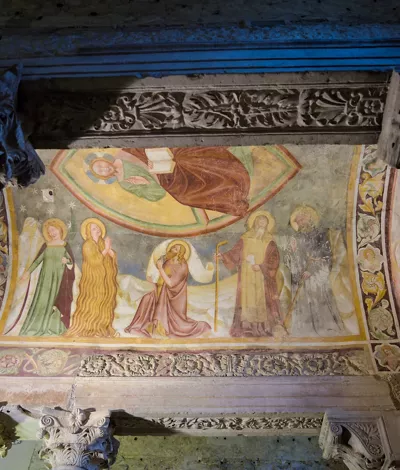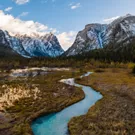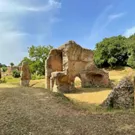Friuli-Venezia Giulia
Friuli Venezia Giulia: a treasure chest nestled between sea and mountains
A border region sandwiched between the Friulian Dolomites and the Upper Adriatic, blessed with an immense cultural heritage resulting from the influence of different cultures and peoples, cosmopolitan and modern, Friuli Venezia Giulia will also seduce you with its temptations of relaxation, sport and fun.
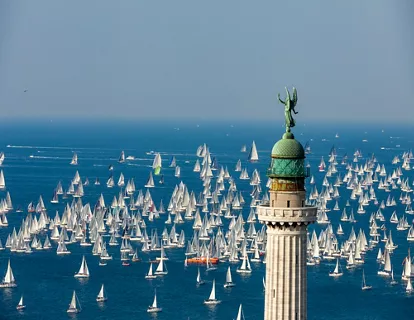
Trieste
A unique atmosphere can be felt in Trieste, as a border town, a melting pot of at least three cultures: Latin, Slavic and German. It has a retro flavour of its own, between historic literary cafés and monuments from the past as an important city of the Habsburg Empire. Trieste is the ideal destination for those who love locations rich in a complex and troubled history that has bewitched, harboured, and nurtured writers and other intellectuals. The environment is diverse, with an international outlook. A place to be experienced at least once in a lifetime.
Discover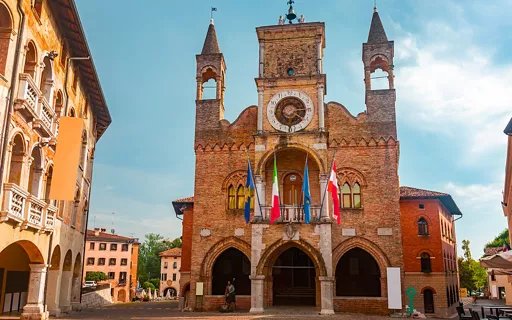
Pordenone
Elegant villages and natural beauty An elegant city in Friuli Venezia Giulia, Pordenone encompasses a quiet historic centre rich in historical and artistic beauty. Stroll down Corso Vittorio Emanuele in the shadow of the arcades, among the longest in Europe. Stop for a coffee in Piazza Cavour, the heart of city life, and admire the facades of the Palazzo Comunale and St Mark's Cathedral. It is impossible not to notice its Gothic-style bell tower, a full 72 metres high. On the outskirts of Pordenone, visit some of the most beautiful villages in northern Italy, such as Sacile, on the Livenza river, and Polcenigo, surrounded by greenery. In San Vito al Tagliamento you can admire what remains of the medieval village, such as the moat and the frescoed castle. For a relaxing moment away from the city, head for Lake Barcis. This corner of paradise, set in the Friulian Dolomites Natural Park, is the perfect place for those who enjoy sports such as sailing, surfing and canoeing, as well as hiking and mountain biking. And lastly, to enjoy typical Friulian cuisine, try the Frico with polenta and salami with vinegar: truly traditional flavours.
Discover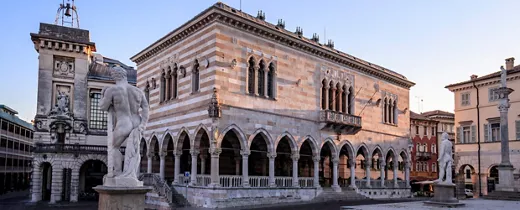
Udine
From the Alps to the sea, exploring mosaics and Baroque villas Views of the Carnic Alps, villages on gentle slopes, historic villas, lakes and forests, Roman and Lombard ruins and the golden beaches of Lignano Sabbiadoro: all this and more lies in the province of Udine, in the heart of Friuli-Venezia Giulia. Walking through the historic centre of the capital, which branches out around the castle, you will find the Loggia del Lionello, the Clock Tower, the works of Tiepolo and the Tina Modotti Gallery, dedicated to the great photographer who was born here. Immersed in a large park is the Baroque-style Villa Manin, the residence of the last doge of Venice. You can admire nature is at its best in the thousand-year-old Tarvisio forest, in Val d’Arzino and by Lake Cornino. Don’t miss the villages of Spilimbergo, with its splendid 15th-century Palazzo Dipinto, San Daniele del Friuli, to taste its famous prosciutto, the star fort of Palmanova, and Cividale del Friuli, with its Lombard ruins and the famous Devil’s Bridge. If you love fortresses, we recommend visiting Villalta Castle. To dive into history, head for Aquileia, a very well-preserved Roman city. You’re sure to love the archaeological museum, the Roman Forum, and the Basilica of Santa Maria Assunta, with its mosaic floor and the Crypt of Frescoes.
Discover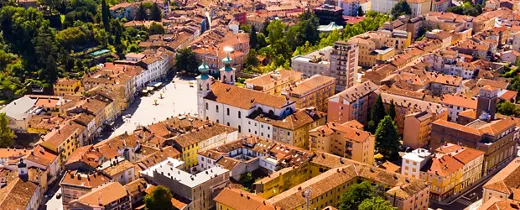
Gorizia
The “city in the trenches” on the border between the Latin and Slavic worlds A melting pot of Romance, Slavic and Germanic cultures on the border with Slovenia, Gorizia has several historical sites. We recommend visiting the Castle, an 11th-century fortification subsequently extended in the 17th century, and the Palazzo Coronini Cronberg in the town centre, in the old village of Grafenberg. Surrounded by a picturesque, romantic park, the building has 15 furnished rooms. To understand the spirit of this “city in the trenches”, visit the Museum of the Great War of Gorizia, in the evocative basements of the 16th-century Dornberg and Tasso Houses. It offers an invaluable testimony to the war events of 1917, covering the defeat at Caporetto, the victory on the Piave and finally the Italian-Austrian armistice of 1918. Three kilometres from the city is the Luciano Viatori botanical garden, also called the Azalea Garden, as 500 varieties of azaleas flourish there, alongside rhododendrons, rare roses, camellias and magnolias. The garden is easy to explore thanks to a well-designed system of paths and wooden walkways, for an enchanting hour-long walk. The ideal time to visit is in spring, between March and June, when the flowers bloom.
Discover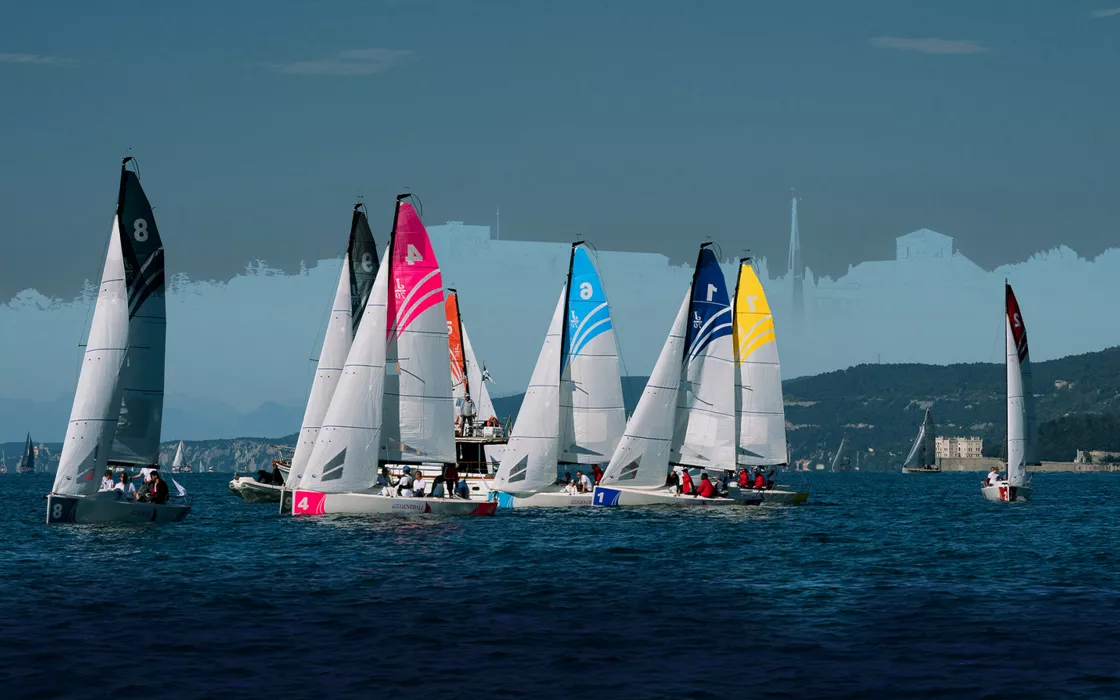



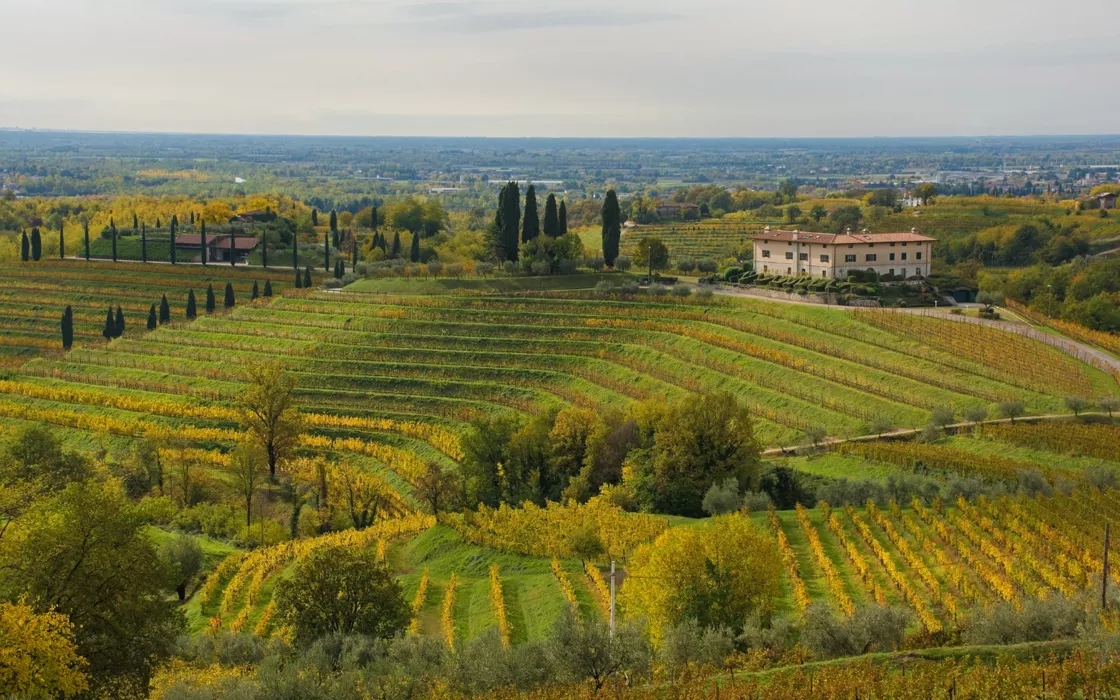
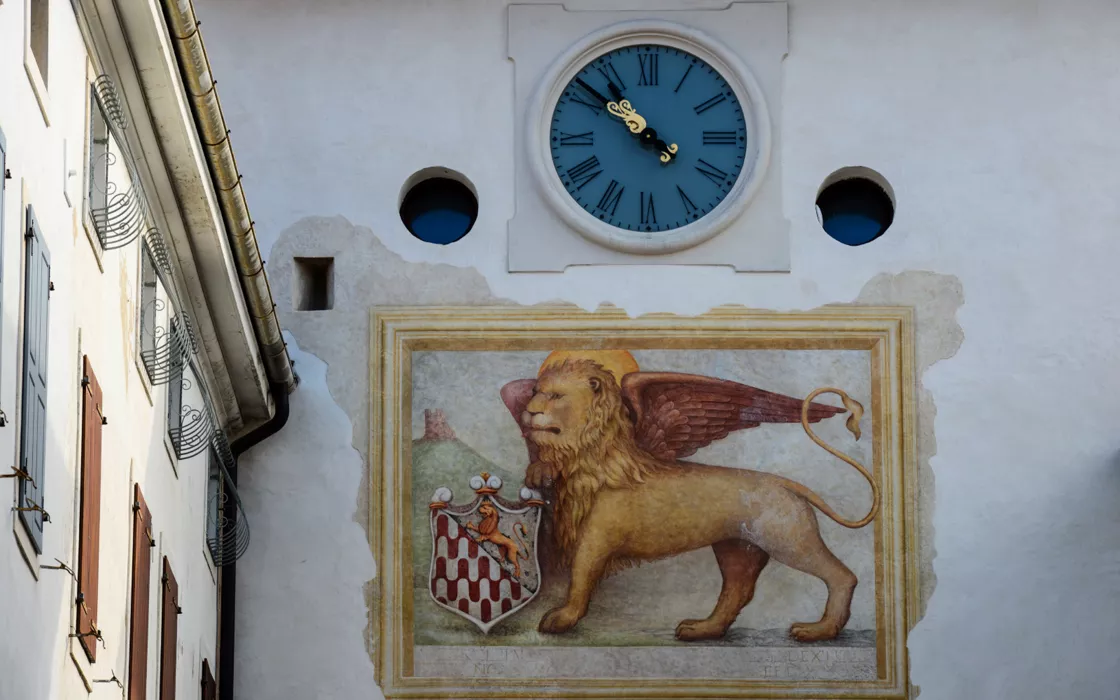
A border region nestled between sea and mountains
From the Barcolana in Trieste to the harmony of Udine's architecture, from the ski slopes of Piancavallo to the enchantment of the Laghetti di Fusine, from cycling on the Kaiser Zoncolan to the descent in the Grotta Gigante, Friuli Venezia Giulia will give you an unforgettable holiday.
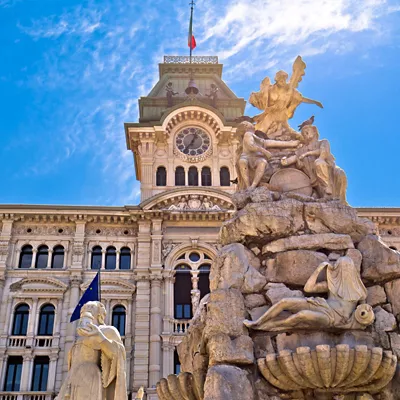

Continue living like an Italian
Subscribe to the Newsletter so as not to miss places, events and experiences for experiencing the best side of Italy: the authentic one.

Keep up to date
Would you like to learn about the most authentic experiences to be had in Italy, stay up to date on the most interesting events, discover our special offers and receive lots of insider hints and tips?


